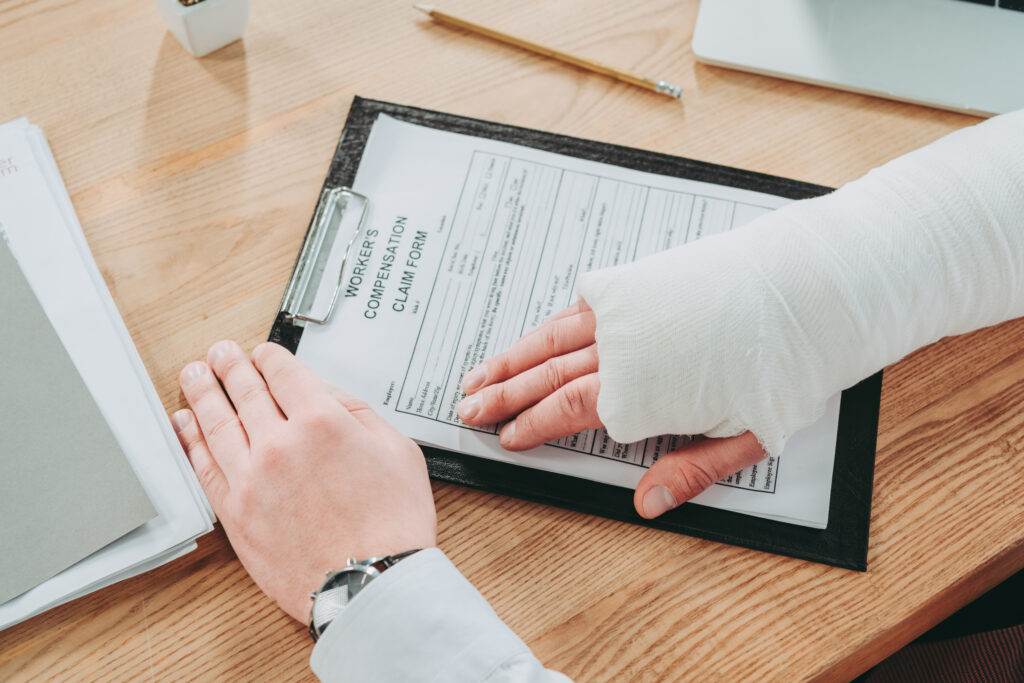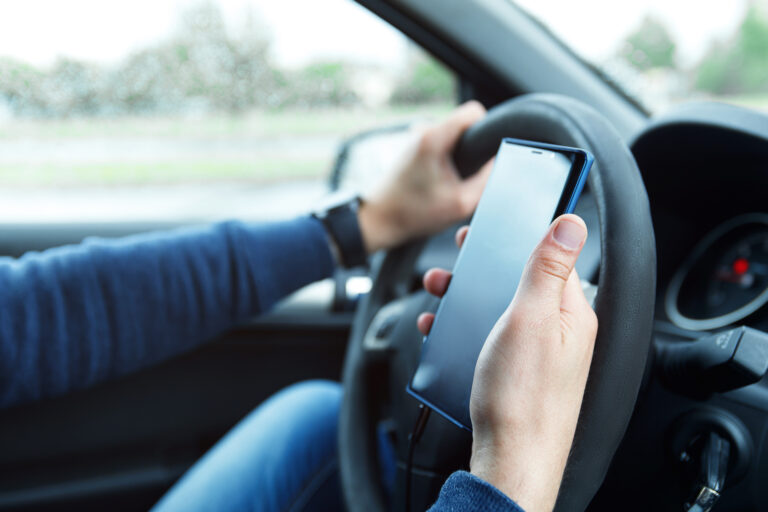Introduction
Car accidents can have far-reaching consequences, including physical injuries, emotional trauma, and financial burdens. If you have been involved in a car accident, you may wonder whether you have a valid personal injury claim. Understanding the factors contributing to a personal injury claim can help determine if pursuing legal action is appropriate in your situation. In this article, we will explore the key considerations to help you determine if you have a personal injury claim following a car accident.
Injury or Harm Suffered
One of the most critical factors in assessing a personal injury claim is the extent of your injuries or harm. You may have a claim if you have:
Physical injuries can range from minor cuts and bruises to more severe injuries like fractures, spinal cord injuries, or traumatic brain injuries.
Emotional distress: Car accidents can lead to emotional trauma, such as post-traumatic stress disorder (PTSD), anxiety, or depression.
Loss of consortium refers to the loss of companionship or intimacy with a spouse or partner due to the injuries sustained in the accident.
Establishing Liability
For a valid personal injury claim, you must establish that someone else’s negligence or wrongful actions caused the accident and your injuries. Key elements to consider include:
- Duty of care: Determine if the other party owes you a duty of care. In a car accident, all drivers have a duty to follow traffic laws and operate their vehicles safely.
- Breach of duty: Prove that the other party breached their duty of care. This could involve showing they were speeding, ran a red light, or engaged in other negligent behavior.
- Causation: Establish a direct link between the other party’s breach of duty and your injuries. In other words, demonstrate that the accident caused your injuries.
- Damages: Show that you suffered actual damages, such as medical expenses, lost income, pain and suffering, or property damage due to the accident.
Insurance Coverage
Evaluate the insurance coverage of all parties involved in the accident, including your own. If the at-fault party has liability insurance, it can potentially cover your damages. Additionally, your own insurance policy may include provisions for covering injuries in accidents caused by uninsured or underinsured drivers.
Statute Limitations
Be aware of your state’s statute of limitations for personal injury claims. This is the time limit within which you must file a lawsuit after the accident. Failing to file within the specified time could result in losing your right to pursue a claim.
Consultation with an Attorney
It is recommended that you seek the guidance of a personal injury lawyer to discuss the specifics of your case. Lawyers specializing in personal injury law possess valuable knowledge regarding the strength of your claim and the compensation you may be eligible for.
Evidence or Documentation
Gather and preserve evidence related to the accident, including:
- Police reports
- Witness statements
- Medical records
- Photographs of the accident scene and injuries
- Correspondence with insurance companies
Conclusion
Determining if you have a personal injury claim following a car accident involves assessing the extent of your injuries, establishing liability, and considering insurance coverage. Consulting with a personal injury attorney is often the best way to understand the viability of your claim and pursue the compensation you may be entitled to. Remember that every case is unique, so seeking legal advice tailored to your specific situation is essential.







